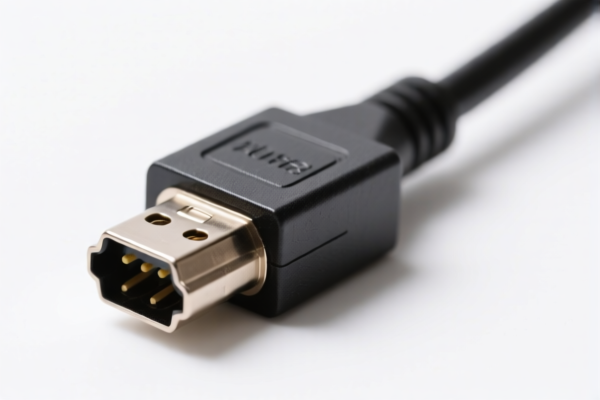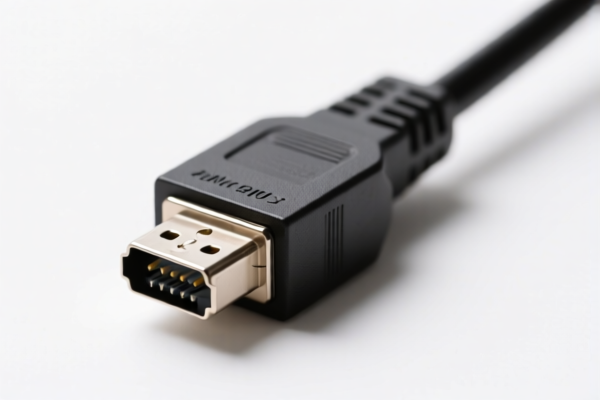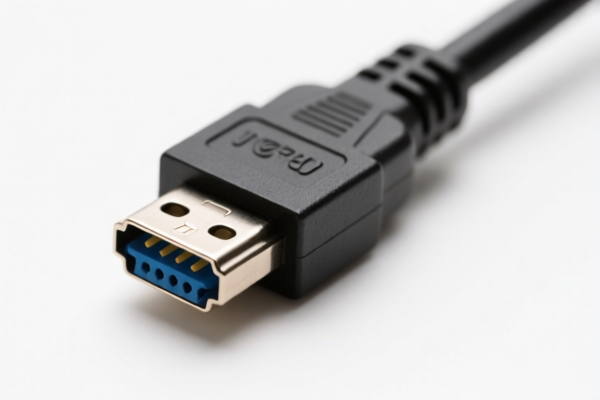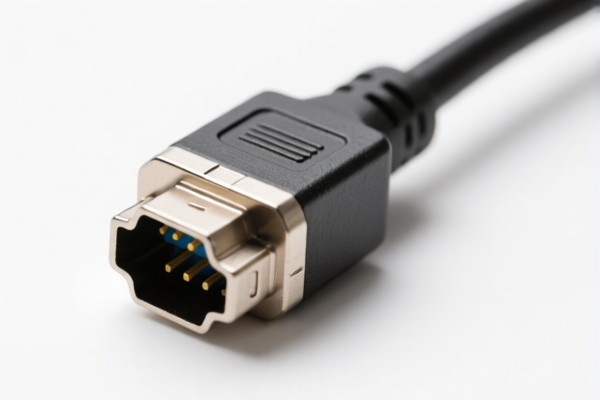| HS Code | Official Doc | Tariff Rate | Origin | Destination | Effective Date |
|---|---|---|---|---|---|
| 7307995015 | Doc | 84.3% | CN | US | 2025-05-12 |
| 7307923010 | Doc | 80.0% | CN | US | 2025-05-12 |
| 7326908688 | Doc | 82.9% | CN | US | 2025-05-12 |
| 7326908688 | Doc | 82.9% | CN | US | 2025-05-12 |
| 8481801020 | Doc | 59.0% | CN | US | 2025-05-12 |
| 8481809010 | Doc | 57.0% | CN | US | 2025-05-12 |
| 3917400020 | Doc | 60.3% | CN | US | 2025-05-12 |
| 3917400080 | Doc | 60.3% | CN | US | 2025-05-12 |
| 3926903000 | Doc | 59.2% | CN | US | 2025-05-12 |
| 3926909987 | Doc | 42.8% | CN | US | 2025-05-12 |
| 8307103000 | Doc | 58.8% | CN | US | 2025-05-12 |
| 8307106000 | Doc | 58.8% | CN | US | 2025-05-12 |
| 8309100000 | Doc | 55.0% | CN | US | 2025-05-12 |
| 8309900010 | Doc | 57.6% | CN | US | 2025-05-12 |




Water Connector
A water connector is a component used to join, couple, or terminate water pipes or tubing, facilitating the flow of water within a system. These connectors are essential in plumbing, irrigation, and various fluid transfer applications.
Materials
Water connectors are manufactured from a variety of materials, each suited to specific applications and budgets:
- Brass: A common choice for potable water systems due to its durability, corrosion resistance, and ability to withstand high temperatures and pressures. Often used for threaded connections.
- PVC (Polyvinyl Chloride): Lightweight, inexpensive, and resistant to corrosion. Suitable for cold water applications, drainage, and irrigation. Not ideal for high-temperature water.
- CPVC (Chlorinated Polyvinyl Chloride): Similar to PVC but can handle higher temperatures, making it suitable for both hot and cold water distribution.
- PEX (Cross-linked Polyethylene): Flexible, durable, and resistant to freezing. Commonly used for radiant heating and water distribution systems. Requires specialized tools for installation.
- Stainless Steel: Highly corrosion-resistant and durable, often used in industrial and marine applications. More expensive than other materials.
- Copper: Traditionally used in plumbing, known for its durability and corrosion resistance. Can be more expensive and requires soldering for many connections.
- Polypropylene: Used for lower-pressure applications like garden hoses and irrigation systems.
Purpose & Function
The primary purpose of a water connector is to create a watertight seal between two or more water pipes or components. They perform several key functions:
- Joining Pipes: Connecting sections of pipe to extend a water line.
- Branching: Creating offshoots from a main water line to supply water to multiple fixtures or appliances.
- Directional Changes: Altering the direction of water flow (e.g., elbows, tees).
- Adapting Sizes: Connecting pipes of different diameters.
- Terminating Lines: Providing an end point for a water line (e.g., hose bibs).
- Shut-off Control: Integrating valves to control water flow to specific sections of a system.
Usage Scenarios
Water connectors are used in a wide array of applications:
- Residential Plumbing: Connecting sinks, toilets, showers, bathtubs, washing machines, dishwashers, and water heaters.
- Irrigation Systems: Connecting sprinkler heads, drip lines, and valves.
- Commercial Plumbing: Supplying water to restrooms, kitchens, and industrial equipment.
- Radiant Heating Systems: Connecting PEX tubing to manifolds and heat sources.
- HVAC Systems: Connecting water lines to cooling towers and condensers.
- Automotive: Connecting coolant hoses in vehicle cooling systems.
- Marine Applications: Connecting water lines on boats and ships.
Common Types
There are numerous types of water connectors, categorized by their connection method and function:
- Threaded Connectors: Use male and female threads to screw together. Common types include:
- NPT (National Pipe Thread): A tapered thread providing a tight seal.
- BSP (British Standard Pipe): Another tapered thread standard.
- Compression Connectors: Use a compression ring and nut to create a watertight seal. Suitable for copper, PEX, and plastic tubing.
- Push-Fit Connectors: Allow for quick and easy connections without soldering or threading. Commonly used with PEX and copper. (e.g., SharkBite)
- Slip Connectors: Allow for easy assembly and disassembly, often used for drainage systems.
- Flanged Connectors: Use bolted flanges to create a secure connection, commonly used in larger diameter pipes.
- Union Connectors: Allow for easy disconnection and reconnection of pipes without disturbing the surrounding plumbing.
- Elbows: Change the direction of water flow by 90 or 45 degrees.
- Tees: Create a branch connection from a main water line.
- Couplings: Join two sections of pipe together.
- Adapters: Connect pipes of different materials or sizes.
- Valves: Control the flow of water (e.g., ball valves, gate valves, check valves).
Based on the provided information, “water connector” can be interpreted as fittings for pipes, potentially made of various materials. Here's a breakdown of relevant HS codes:
- 7307995015: This code covers “Tube or pipe fittings (for example, couplings, elbows, sleeves), of iron or steel: Other: Other: Other Of iron or nonalloy steel: Nipples”. This is applicable if the connector is made of iron or nonalloy steel and functions as a nipple fitting. The total tax rate is 84.3%.
- 7307923010: This code covers “Tube or pipe fittings (for example, couplings, elbows, sleeves), of iron or steel: Other: Threaded elbows, bends and sleeves: Sleeves (couplings) Of iron or nonalloy steel”. This applies if the connector is an iron or nonalloy steel sleeve (coupling) with threads. The total tax rate is 80.0%.
- 8307103000: This code covers “Flexible tubing of base metal, with or without fittings: Of iron or steel: With fittings”. If the water connector is a flexible tube made of iron or steel and includes fittings, this code is relevant. The total tax rate is 58.8%.
- 8307106000: This code covers “Flexible tubing of base metal, with or without fittings: Of iron or steel: Other”. This applies if the connector is a flexible tube made of iron or steel without fittings. The total tax rate is 58.8%.
- 3917400020: This code covers “Tubes, pipes and hoses and fittings therefor (for example, joints, elbows, flanges), of plastics: Fittings Plumbing fittings, not pressure rated (Drain/Waste/Vent (DWV)): Of polyvinyl chloride”. If the connector is a plumbing fitting made of polyvinyl chloride and is not pressure rated, this code applies. The total tax rate is 60.3%.
- 3917400080: This code covers “Tubes, pipes and hoses and fittings therefor (for example, joints, elbows, flanges), of plastics: Fittings Other plumbing fittings: Other”. This applies if the connector is a plumbing fitting made of plastic, but is not specifically described as a Drain/Waste/Vent (DWV) fitting. The total tax rate is 60.3%.
Important Considerations:
- The applicable HS code depends heavily on the material (iron/steel, plastic, etc.) and the specific function of the connector (rigid, flexible, threaded, etc.).
- For HS codes 7307995015 and 7307923010, the connectors must be made of iron or nonalloy steel.
- For HS codes 3917400020 and 3917400080, the connectors must be made of plastic.
- HS codes 8307103000 and 8307106000 specifically relate to flexible tubing.
Customer Reviews
No reviews yet.